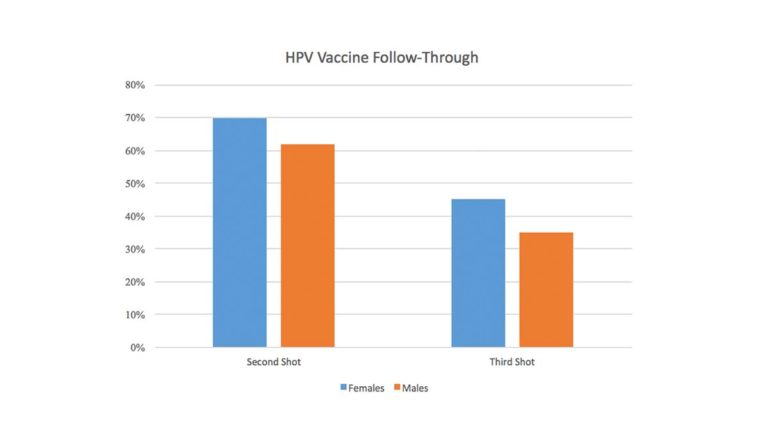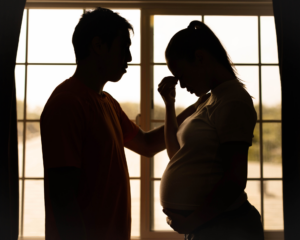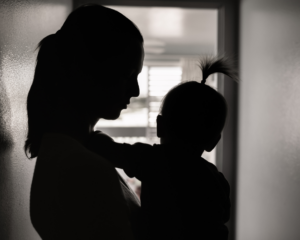Multi-Dose Vaccines: Not Getting it Done
The HPV vaccine requires a series of shots to prevent infection, but it is difficult to get young patients to return for multiple visits of preventive care.

Read Time: 2 minutes
Published:
The human papillomavirus (HPV) vaccine is a multi-dose series of shots to prevent an infection that already affects almost 80 million people in the United States. HPV can cause many types of cancer, including anal, genital, oral, and throat cancer. Both women and men are at risk of HPV-related cancers.
Researchers from the University of North Carolina Gillings School of Global Public Health used claims from a database of 1.3 million privately insured individuals to assess the percentage of people receiving the second and third shots in the HPV vaccine series within one year of starting the recommended vaccination schedule. Data from individuals ages 9 to 26 years from 2006 to 2014 were used.
As shown in the graph above, female patients were more likely than male patients to receive both the second and third shots, demonstrating how difficult it is to get young patients (or the parents who transport them) to return for multiple visits of preventive care.
Though this lack of adherence to vaccination protocol looks bad at first glance, it may not have such bad effects. The CDC recommends that adolescents who start the series before their fifteenth birthday receive only a two-dose series; two shots provide adequate protection against HPV infection. But providers and parents need to be on notice that for many adolescents, males in particular, figuring out ways to get this vaccine series administered in full, will not be an easy task.
Databyte via Chrissy Packtor



